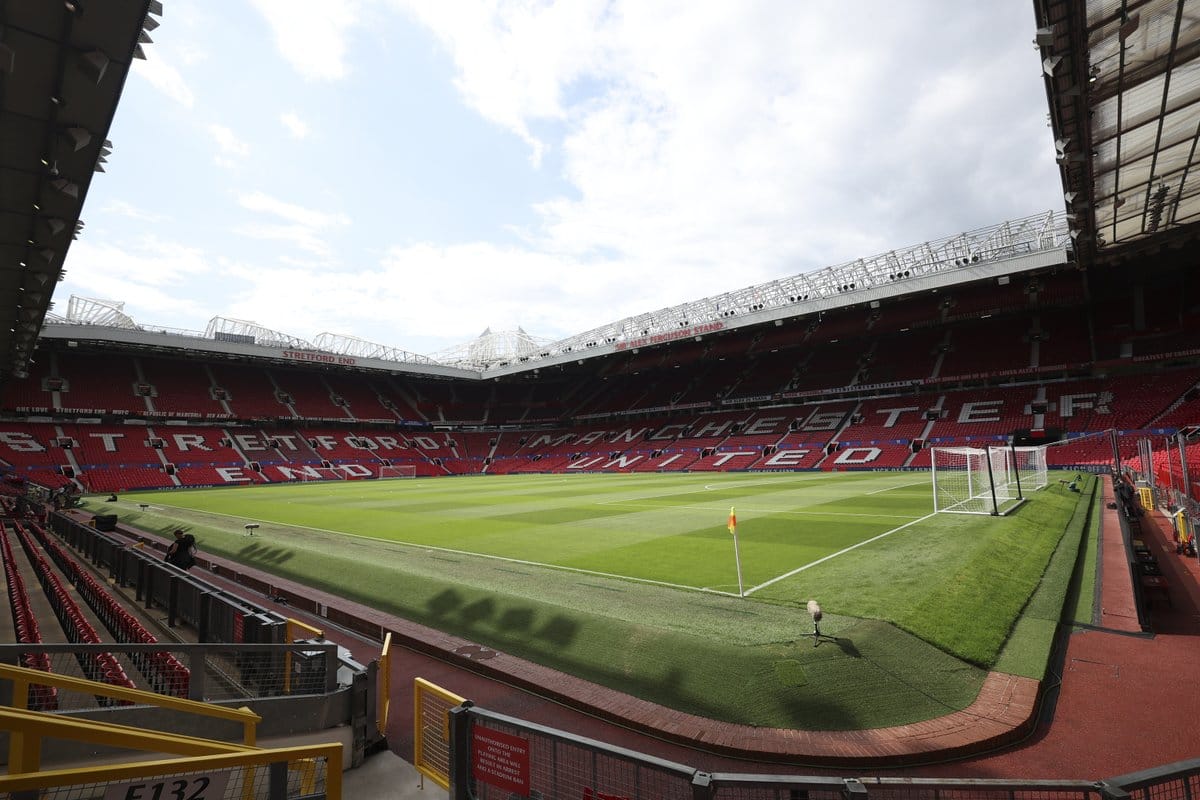Chennai, Aug 25 (PTI) For a long time, Viswanathan Anand was the lone flag-bearer of Indian chess, taking the world by storm with his exploits.
Things have changed in the last decade or so, with numerous talented players emerging on the Indian chess scene, making the country a formidable force in the world.
With the country producing Grandmasters almost on demand, Anand went so far as to say that the current lot happens to be the golden generation in Indian chess.
Four Indian players — R Praggnanandhaa, Arjun Erigaisi, D Gukesh and Vidit Santosh Gujrathi — reached the quarterfinal of the FIDE World Cup at Baku in a first for the country in a sport dominated for long by erstwhile Soviet Union and later Russia at various points.
Praggnanandhaa shone through bright, reaching the final of the World Cup, the first Indian after Anand to do so and also secured a place in the Candidates Tournament next year to determine the challenger to current world champion Ding Liren.
He defeated the world No.2 and No.3 Hikaru Nakamura and Fabiano Caruana respectively during the run to the final.
The teenaged trio of Praggnanandhaa (18), Gukesh (17) and Erigaisi (19) are trailblazers, so to speak. While Praggnanandhaa’s accomplishments are well documented, Gukesh has gone from strength to strength in the last year and Erigiasi’s stock has risen too.
Praggnanandhaa, who has become the third-youngest player after the legendary Bobby Fischer of the US and Norway’s Magnus Carlsen to qualify for the Candidates tournament, has been tipped for greatness ever since he emerged on the scene.
By qualifying for the Candidates, he has also put himself in line to be able to become the challenger for the world crown.
Gukesh has been on a brilliant run since his superb performance in the Chess Olympiad in Chennai last year, where he almost won the gold for his team. He has since raised his level of play several notches and surpassed five-time world champion Anand in the live ratings to become the country’s No.1 player.
Anand had said he was amazed by the fact that most of the current lot possesses a 2,700-plus Elo rating, especially below 20 years of age and termed it “special”.
“I’m throwing in the title early, but they are a golden generation. They are all in the 2,700-plus group (Elo rating). And they’re all under 20. That just does not happen; it’s really something special,” he added.
He also felt that these players would be spending the next 10 years at the top of the sport.
Anand has also been mentoring the likes of Praggnanandhaa and Gukesh in the past year and the results are there to see.
According to Grandmaster Sundararajan Kidambi, Praggnanandhaa, Gukesh, Erigaisi and Nihal Sarin are the ones to watch out for in future.
“Our future generation is in safe hands and we can safely make a bet that one of these players will surely become world champion at some point of time,” he said, referring to Praggnanandhaa, Gukesh and the others.
Noting that he was astounded with their growth, he said, “we couldn’t have asked for a better thing to happen to Indian chess. Super-quick rise and that too an army of youngsters have come up, we have become like the old Soviet Union — talent-churning machine!” World No.1 Carlsen, who dashed the hopes of Praggnanandhaa in the World Cup final, praised the Indian teenager and his compatriot Gukesh for their talent and skills. He has even rated Gukesh as one of the strongest ‘Classical format’ players currently.
This is no ordinary praise, coming from one of the greatest players in the history of the game.
Things have moved rather quickly for Indian chess recently with Gukesh going past Anand, and Praggnanandhaa’s achievements in the World Cup and also crossing the 2700 ELO mark apart from the impressive results for Erigaisi and the others.
Many like Anand believe that the younger Indian players are set to dominate the sport in the years to come and their performance in Baku could be the harbinger of good times for chess in the country.
Source: PTI News












